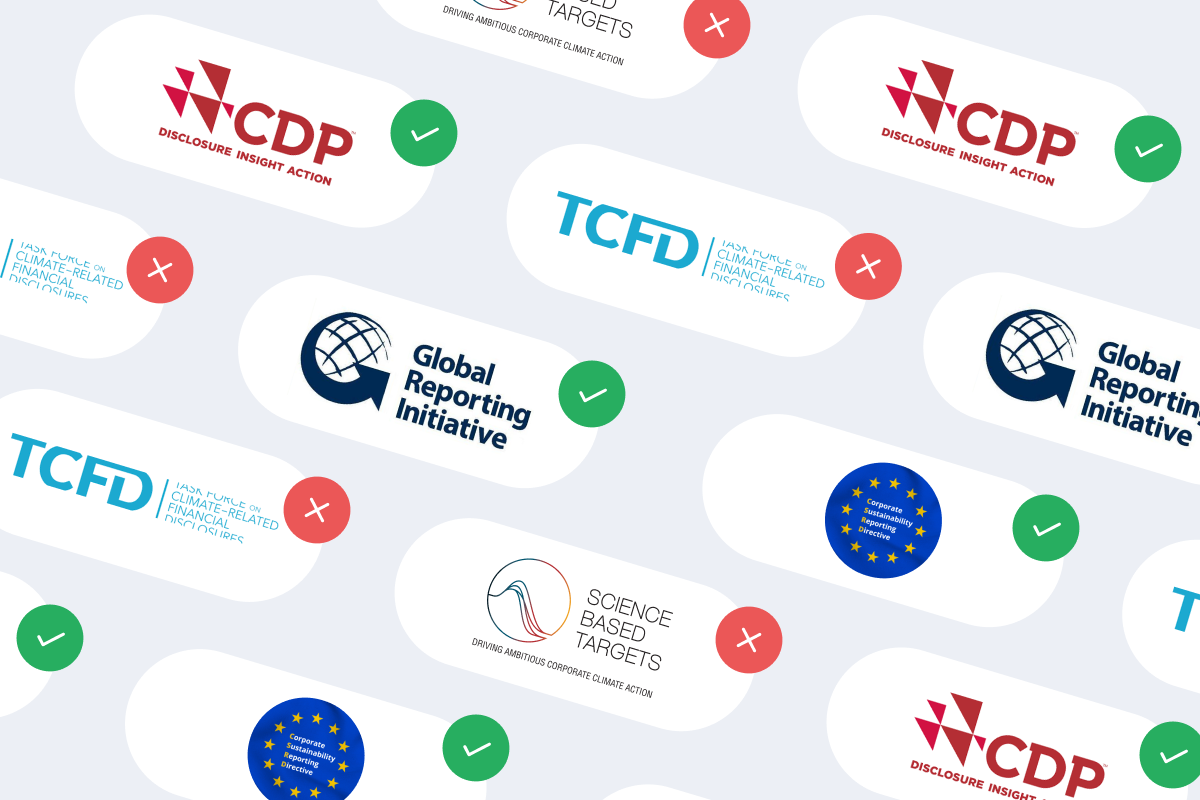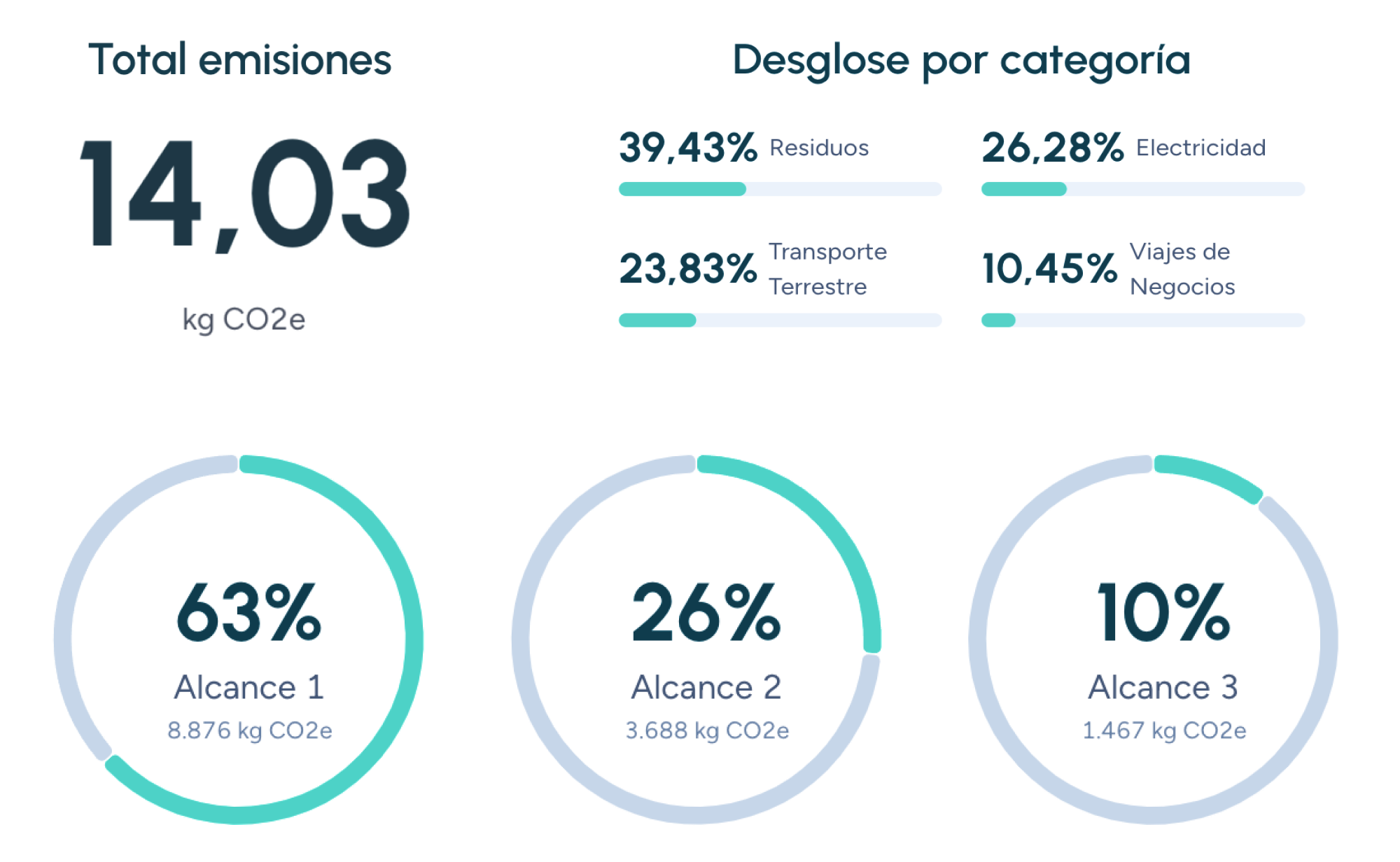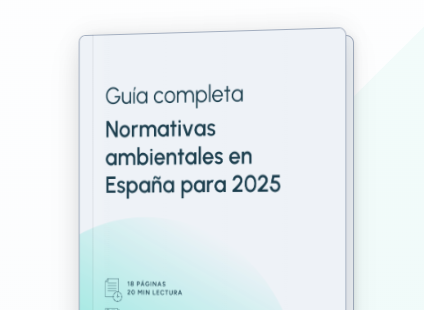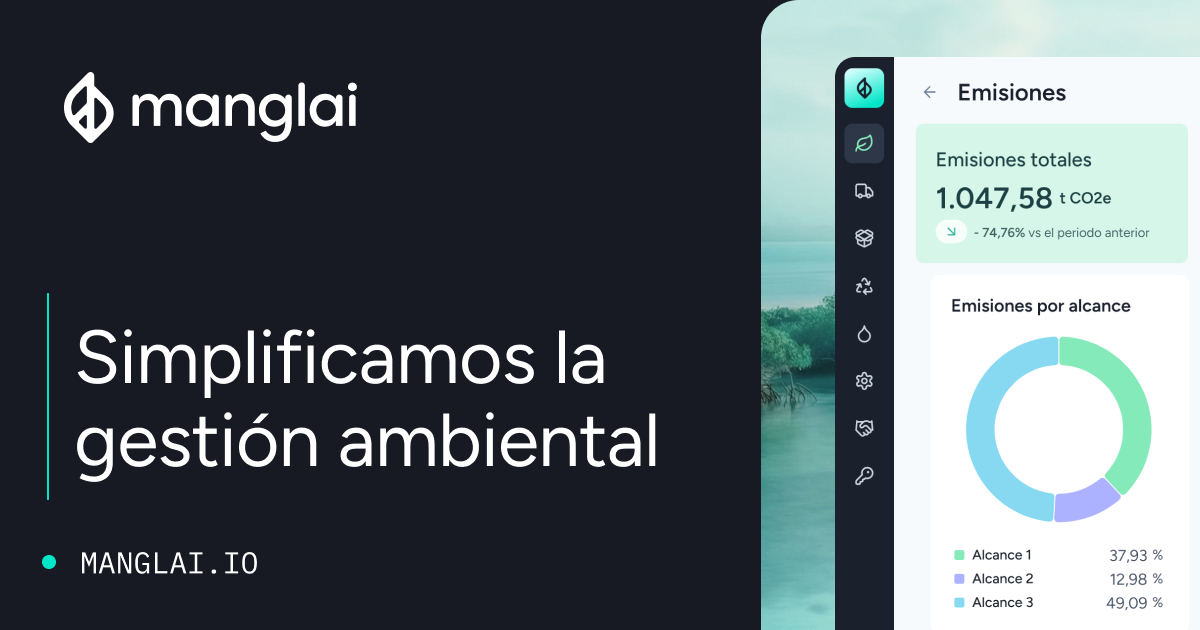Back to the blog
Water footprint
What is Virtual Water and How does it affect Water Consumption?
Carolina Skarupa
Product Carbon Footprint Analyst
The water we see when we open a tap or fill a bottle is only the visible share of our consumption. Most of it is hidden in the goods we buy and the services we use: this is virtual water. Coined by British economist Tony Allan in 1993, the term describes the volume of water “embedded” in crops, textiles, fuels or electronic devices.
Cutting this invisible share has become a strategic goal for governments and companies alike because it shapes global water security and directly influences supply-chain competitiveness.
What is Virtual Water?
Virtual water equals the total litres used throughout a product’s life cycle that later “travel” with it to the final consumer. The figure combines the three components of a water footprint: blue water from rivers and aquifers, green water from rain stored in soil and grey water required to dilute pollutants.
Every purchase effectively relocates a portion of the watershed where the raw material originated.
Macroeconomic Scale of the Phenomenon
Global trade moves more than 2,300 km³ of virtual water each year—twice the volume of the Dead Sea.
Spain is a net importer: cereals, soy, coffee and textiles flow in, while fruit, vegetables and olive oil flow out. The country “imports” about 31 000 hm³ and “exports” 22,000 hm³ annually.
This external water balance eases domestic pressure but shifts the footprint to regions that often already face water stress—an issue explored in detail in our guide to corporate water-footprint measurement.
Virtual-Water Content of Common Foods
• Coffee: 18,900 L (88 % green, 7 % blue)
• Beef: 15,400 L (primarily feed and drinking water)
• Chocolate: 17,000 L (driven by cocoa and sugar)
• Wheat: 1,600 L (still high, yet ten times lower than beef)
Link to a Product’s Overall Water Footprint
Virtual water does not replace the water footprint; it complements it. Whereas the full water footprint combines local and external use, virtual water focuses on the external share—the portion “imported” or “exported.” Calculating both metrics helps companies decide whether to optimise onsite processes or rethink sourcing strategy.
Our step-by-step guide to product or activity water-footprint calculation outlines the method.
Strategies for Lowering Virtual Water
Leading firms pursue four key measures:
- Smart sourcing: Select raw materials from regions with ample water to avoid shifting stress.
- Rain-fed contracts: Prioritise dry-farm crops rich in green water.
- Demand efficiency: Certifications such as Alliance for Water Stewardship.
- Use Manglai’s platform: To track virtual-water factors in real time and choose lower-impact options.
Virtual Water: The Hidden Side of Water Use
Measuring virtual water enables companies and consumers to make informed choices, minimise risk and move toward a more equitable, resilient economy.
Delve deeper into water footprint, Life-Cycle Assessment and circular sustainability on our blog.
FAQs about Virtual Water
Do we pay for virtual water on the bill?
Indirectly, yes—the cost of water and energy is baked into product prices.
Can virtual water be offset like CO₂?
Pilot schemes for water credits exist, but regulation prioritises cutting real consumption at source.
Will it appear on EU labels?
The European Commission is considering water metrics from 2027 onward, which could make virtual-water disclosure mandatory.
Carolina Skarupa
Product Carbon Footprint Analyst
About the author
Graduated in Industrial Engineering and Management from the Karlsruhe Institute of Technology, with a master’s degree in Environmental Management and Conservation from the University of Cádiz. I'm a Product Carbon Footprint Analyst at Manglai, advising clients on measuring their carbon footprint. I specialize in developing programs aimed at the Sustainable Development Goals for companies. My commitment to environmental preservation is key to the implementation of action plans within the corporate sector.
Content
Companies that trust us

Water Neutrality: Is It an Achievable Goal for Industry in Spain?
Discover whether water neutrality is viable for Spanish industry. Methods and strategies to reduce water consumption.
08 December, 2025
Technologies for Optimizing the Water Footprint in the Textile and Agri-Food Industries
Discover how digitalization, water reuse, and artificial intelligence are transforming water management in the textile and agri-food sectors
29 October, 2025
Strategies to Reduce the Water Footprint of Companies
Learn techniques and tools to minimize water impact in processes and products.
03 September, 2025
Guiding businesses towards net-zero emissions through AI-driven solutions.
© 2026 Manglai. All rights reserved
Política de Privacidad


